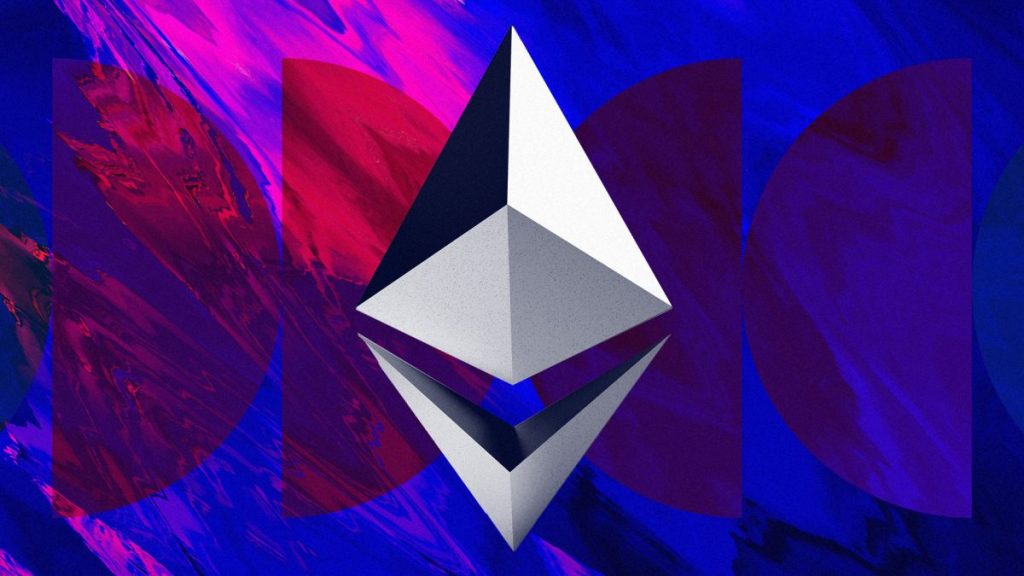Ethereum is shaping the Future of Digital Innovation Guide to Its Ecosystem
At its core, Ethereum enables developers to build decentralized applications dApps and execute smart contracts, which are self-executing agreements with the terms directly written into code. This foundational capability has unleashed a wave of creativity, facilitating the creation of a diverse ecosystem of applications across various industries. Central to Ethereum’s innovation is its use of smart contracts. These contracts automate and enforce agreements without the need for intermediaries, thereby reducing costs and increasing efficiency. This technology finds applications in sectors as varied as finance, supply chain management, healthcare, and decentralized finance DeFi. In finance, for instance, Ethereum’s smart contracts enable the creation of decentralized lending platforms, automated trading systems, and tokenized assets that democratize access to financial services globally.
Moreover, Ethereum has spurred the rise of decentralized finance DeFi, which aims to recreate traditional financial systems such as banking and lending on a decentralized architecture. Projects like Uniswap and Compound have gained prominence, allowing users to trade cryptocurrencies directly without relying on centralized exchanges, or earn interest by lending their assets to decentralized pools. These innovations not only enhance financial inclusion but also challenge traditional banking models by offering transparency, accessibility, and lower barriers to entry. Beyond finance, Ethereum’s impact extends to non-fungible tokens NFTs, which are unique digital assets representing ownership or proof of authenticity of digital and physical items. The Ethereum blockchain’s ability to support NFTs has revolutionized digital ownership, enabling artists, musicians, and creators to tokenize and sell their work directly to global audiences. This has unlocked new revenue streams and fundamentally changed how digital content is valued and exchanged.

Ethereum’s scalability has been a topic of ongoing development, with its transition from proof-of-work PoW to proof-of-stake PoS through the Ethereum 2.0 upgrade. PoS promises to enhance network efficiency and reduce its environmental footprint by requiring validators to stake Ether rather than solve complex mathematical puzzles. This upgrade is expected to increase transaction throughput and reduce transaction fees, making Ethereum more viable for mainstream adoption and scalable for global applications. Furthermore, Ethereum’s commitment to open-source development fosters a collaborative ecosystem where developers can contribute to and improve the platform’s capabilities. This ethos has led to the emergence of Ethereum Improvement Proposals EIPs, which allow community-driven changes to the network, ensuring its continuous evolution and adaptability to emerging technological challenges.
Looking ahead, high-precision forex robots influence on digital innovation is poised to grow further as developers continue to explore its capabilities in areas such as decentralized autonomous organizations DAOs, gaming, identity verification, and supply chain logistics. The platform’s robust infrastructure, combined with its vibrant developer community and decentralized governance model, positions Ethereum as a cornerstone of the Web3 movement a decentralized internet where users have more control over their data and interactions. In conclusion, Ethereum’s impact on digital innovation is profound and multifaceted, spanning from financial services and digital ownership to governance and beyond. By pioneering smart contracts, enabling decentralized applications, and fostering a culture of innovation, Ethereum continues to shape the future of technology, offering new possibilities for businesses, creators, and users worldwide.
